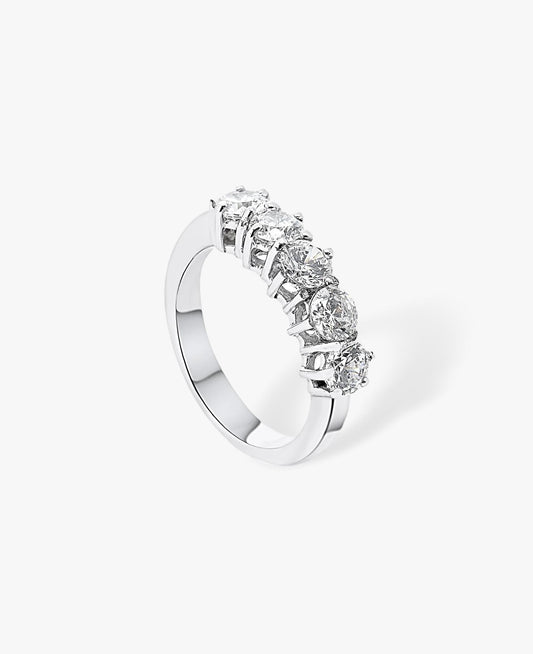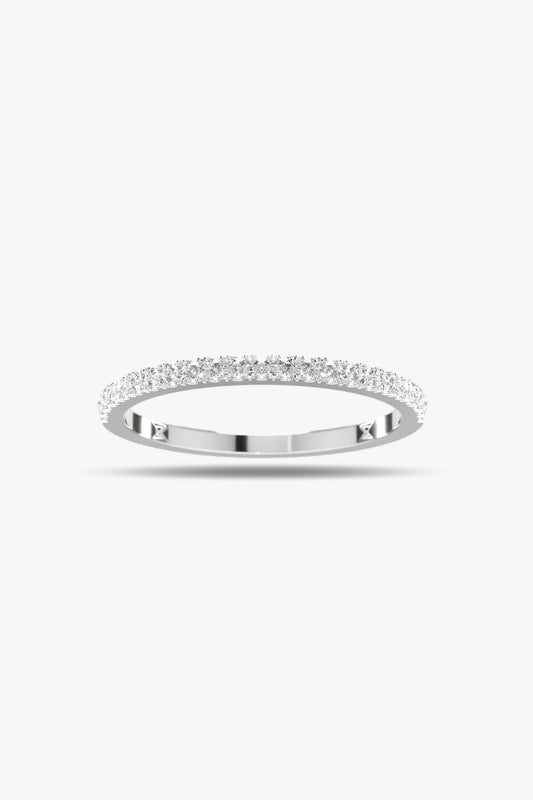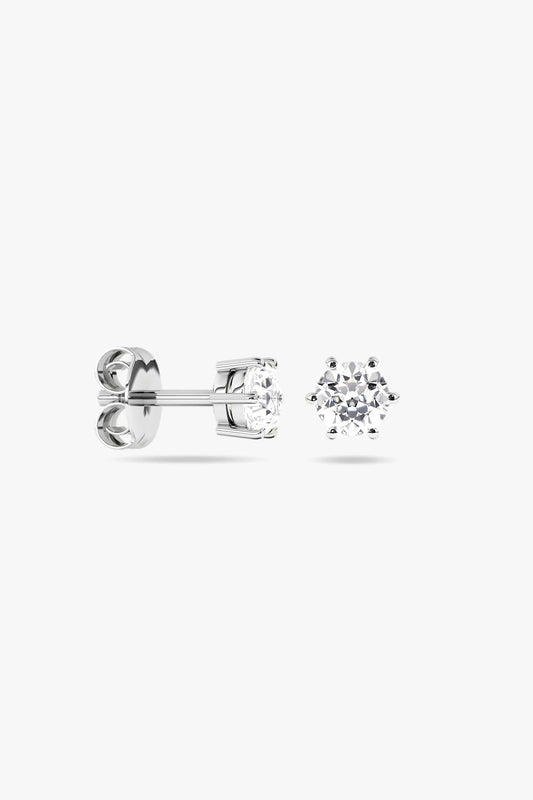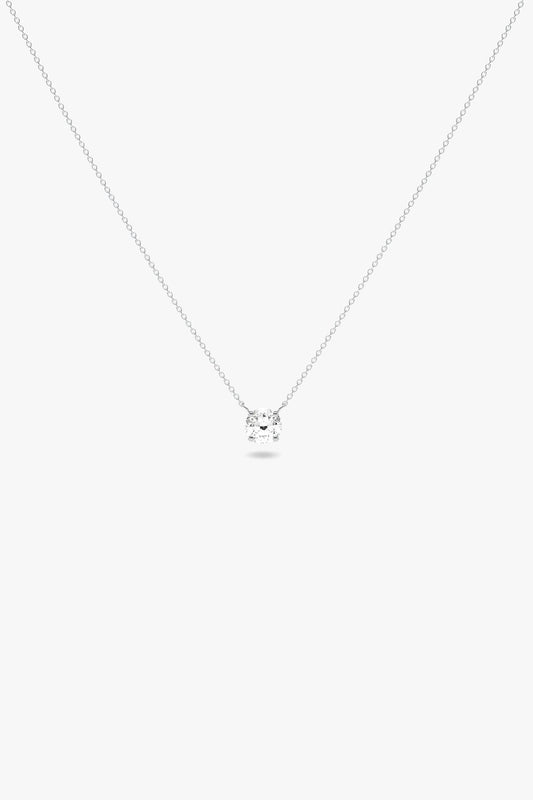Those who have the word have the true power. The language is the one that lets us get to know our environment, that lets us know beyond what we see with the naked eye. That is why it is essential to give a name to our reality, to distinguish it from the rest.
Diamonds, just like people, have surnames too. It is vital that we know them and why they are like that.
Why are they called ‘blood diamonds’?
Mined or “traditional” diamonds have been known for their truly chilling feats. This is the reason for their surname: “blood diamonds”.
Diamonds that, without being at fault for anything really, have been obtained through the path of violence and pain.
The term “blood diamond” points precisely at that: these precious stones are especially known for the precarious work conditions in which they are extracted, exploiting thousands of people in mines (both underground and superficial) and causing the displacement of more than 2 million people between 1991 and 2002 due to armed conflicts derived from their obtaining (1).
The previous statement refers specifically to Sierra Leone, a country whose history has been stained by a series of wars where mined diamonds were used as a currency for the purchase and sale of weapons. In this same country, more than 50,000 people died in a violent way due to these conflicts. Unfortunately, not only Sierra Leone has suffered their impact: Angola, the Democratic Republic of Congo and Liberia are some of the other countries where mined diamonds have caused thousands of crimes and smuggling, taking the lives of around 3.7 million people since the nineties (2).

The shedded tears also come from the Earth: the mining industry (and in particular the extraction of this stone) is done by eroding the soil in which it is found, digging at great depths and dimensions, leaving both the mining and surrounding areas uninhabitable. Added to this is the carbon footprint caused by the machinery used.
Sadly, the companies and countries more interested in the economic benefits of the diamond (which are the ones who promoted the continuation of the wars) justify these encounters by the argument that “the diamond is one of the rarest and most scarce stones in the world”. Which is, in fact, not true.
The reason why there is a false belief about the rarity of these minerals is due to a series of market manipulations done by a jewellery firm that remains active to this day: for years, they hid the true quantity of diamonds and mines that were abundant in the African continent, making Occidental countries believe that these stones were very unusual and that an exorbitant price should be paid for them.
When the decision-making power becomes part of a very small group of companies, the price fixation becomes more unfair and always to the detriment of the consumer.
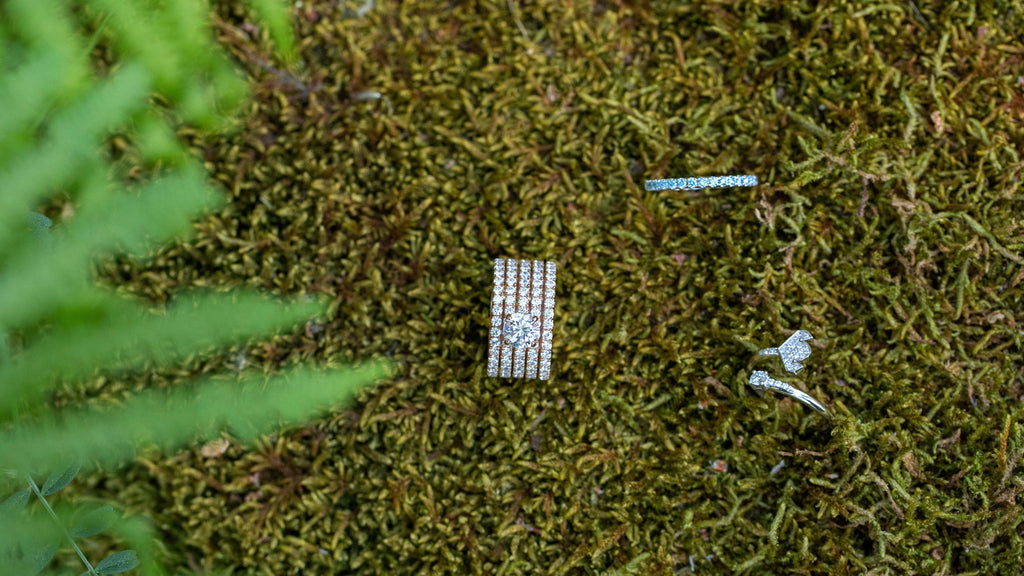
Why are they known as ‘ethical diamonds’?
Lab-created or sustainable diamonds are also known as “ethical diamonds”. The reasons behind this surname reside in their strong compromise to nature, the environment and human rights.
Being created in laboratories, the working conditions become far better and safer than those for someone working in a mine: these laboratories are not located in countries with scarce labour regulation and legislation, which guarantees that the working conditions are always safe and respect workers’ rights.
These stones do not cause any displacements nor environmental impacts due to their production, as they do not erode soils and the vast majority of them are created with a zero carbon footprint.
The traceability in created diamonds is completely transparent: you can know exactly from which laboratory they came from and which legislation regulates working rights in the countries in which they are located. While it is true that the Kimberley Process (a certification that guarantees that the mined diamonds that are bought in the jewellery brand that has it, do not come from belligerent countries) was founded in the year 2000 for blood diamonds, a mined diamond can never be 100% traced.
In lab diamonds there are no deceptions about their origin nor about their quantity: they are as abundant as they are wanted to be, but the creation process is long and thorough, so they are forcibly more scarce than mined ones.
As for the market, sustainable diamonds’ prices were fixed at the beginning by the same company who fixed mined diamonds’ prices, stagnating those of laboratory diamonds in far lower positions than traditional diamonds.
This is the only reason why mined diamonds will always be more expensive: not for a greater quality (that more often than not is optimised in lab-created ones) but for a damaging marketing strategy carried out by this firm. Prices are not fixed by cartels, but the negative propaganda undertaken by the “Goliath” of traditional jewellery is the one who produced the devaluation of ethical diamonds (despite having a more laborious obtaining).
He was much smaller and unknown, and yet it was David who won against the giant.
Resources
(1)y(2) https://doc.es.amnesty.org/ms-opac/recordmedia/1@000021171/object/27235/raw
https://diamondfoundry.com/blogs/the-foundry-journal/tagged/truth-in-diamonds
